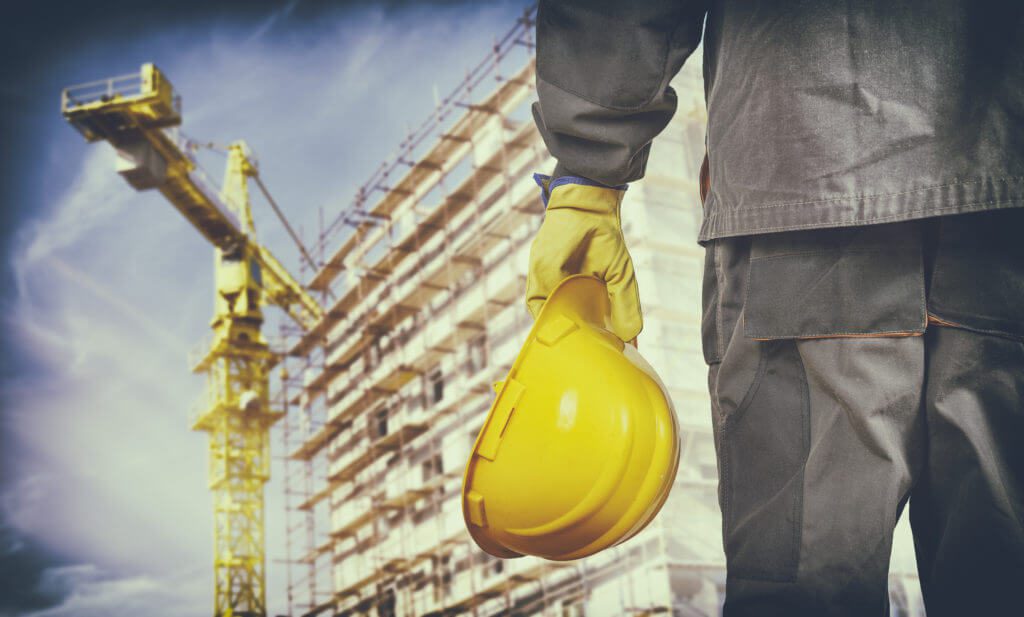What is Comparative Fault and How Does it Affect My Texas Construction Accident Case?
Comparative fault is a concept by which multiple parties are assigned a percentage of fault for an accident or incident that has resulted in injury or death. In a construction accident, you may have three, four, or five parties that contributed to an accident. Comparative fault allows you to hold all of these parties responsible for the role they played in your accident and injuries.
What is an Example of Comparative Fault in a Texas Construction Accident?
The first thing to remember is that comparative fault varies from state to state. Texas, for example, uses a modified comparative fault standard when apportioning fault and awarding damages. This is often referred to as “proportionate responsibility.”
Under this standard, the amount of damages a party is responsible for is proportionate to the percentage of fault they are determined to carry for an accident or injury. A simple example of this would be an accident in which two parties are determined to be at fault.
Let’s say you were injured in a scaffolding collapse. An investigation reveals that the scaffolding was not assembled to regulatory standards and that your employer failed to take due diligence to ensure the safety of its employees when contracting the company that built the scaffolding. If a scaffolding company is determined to be 70% responsible for your injuries and your employer 30% responsible, the actual damages awarded would be split 70/30 between the scaffolding company and your employer, respectively.
What if I am Deemed Partly At-Fault for My Construction Accident?
Proportionate responsibility also means that if you are found partly responsible for you injuries, the damages awarded to you could be reduced. For example, if you were ignoring proper safety procedures when the scaffolding accident occurred, the court could determine that you were 30% at fault for the accident and therefore 30% at fault for your injuries. As such, if you were awarded $10,000 in damages, you would only be able to recover 70% of that amount or $7,000.
Additionally, Texas follows the 51% bar rule. This means that you may not collect damages for injuries if you are determined to be 51% or more at fault for your injuries.
If you have been involved in a construction accident, those responsible for your injuries will try to shift blame onto you in an attempt to limit their own liability. Consulting with an attorney prior to communicating with those responsible for your accident can help protect your rights and claim to compensation.
How Do I Determine Who is At-Fault for My Construction Accident Injuries?
Construction sites can be hectic with several different contractors and employers operating on site at any given time. This can make it difficult to identify and determine who is liable for you injuries. Hiring an experienced construction accident attorney can not only help you identify all of the entities that contributed to your accident and injuries, they can also help you recover compensation from the entities – even if you are receiving workers’ compensation.
Thomas J. Henry has been representing construction accident victims for more than 20 years. In addition to reviewing the evidence and facts of your case, Thomas J. Henry will employ an array of experts who are able to provide expert reports and testimony on how your accident occurred and who is at fault.
Finding the right expert for your unique situation is crucial in achieving positive results. As such, Thomas J. Henry has spent years finding and building professional relationships with the best expert witnesses from across the country. Each witness undergoes a thorough examination and questioning process before ever taking part in any aspect of a case. In a construction accident lawsuit, we may employ the services of the following experts:
- Workplace safety compliance experts
- Industrial accident reconstruction experts
- Premises maintenance experts
- OSHA consultants
- Safety equipment experts
- Ladder experts
- Occupational and environmental health experts
- Hazardous chemicals experts
- Process safety management experts
- Physicians, psychical therapists, and other healthcare professionals
- Fire and explosion investigators
Expert witnesses can provide detailed information regarding your construction site injury. Our construction job injury lawyers are always looking for intuitive ways to use experts in construction accident cases.
What Should I Do If I am Involved in a Construction Accident?
The aftermath of a construction accident can seem overwhelming – you have likely sustained a serious injuries along with severe pain and uncertainty, but you have options. By following these simple steps, you can put yourself in a better position to achieve physical and financial recovery.
- Seek medical attention immediately
- File a report with your employer as soon as possible and receive copies of all documentation
- If possible, take photographs of the work site and any tools or equipment involved in the accident
- Collect names and contact information of witnesses to the accident, including coworkers and bystanders
- Document any changes in your health due to the construction accident as well as any visits with a doctor
- Contact an experienced construction injury attorney
You will likely be approached by your employer and insurance companies who will attempt to have you sign away your rights as an injured worker. Do not sign any documents or provide any written or recorded statements until you have consulted with an attorney.
Contact Thomas J. Henry for Your Construction Accident Case
Thomas J. Henry fights to protect the rights of workplace injury victims. If you or someone you love has been injured or killed on the job, contact Thomas J. Henry Injury Attorneys. The goal of our offices is to not only protect your rights, but to send a message so the same tragedy does not happen again. We represent clients/victims all over the country.



